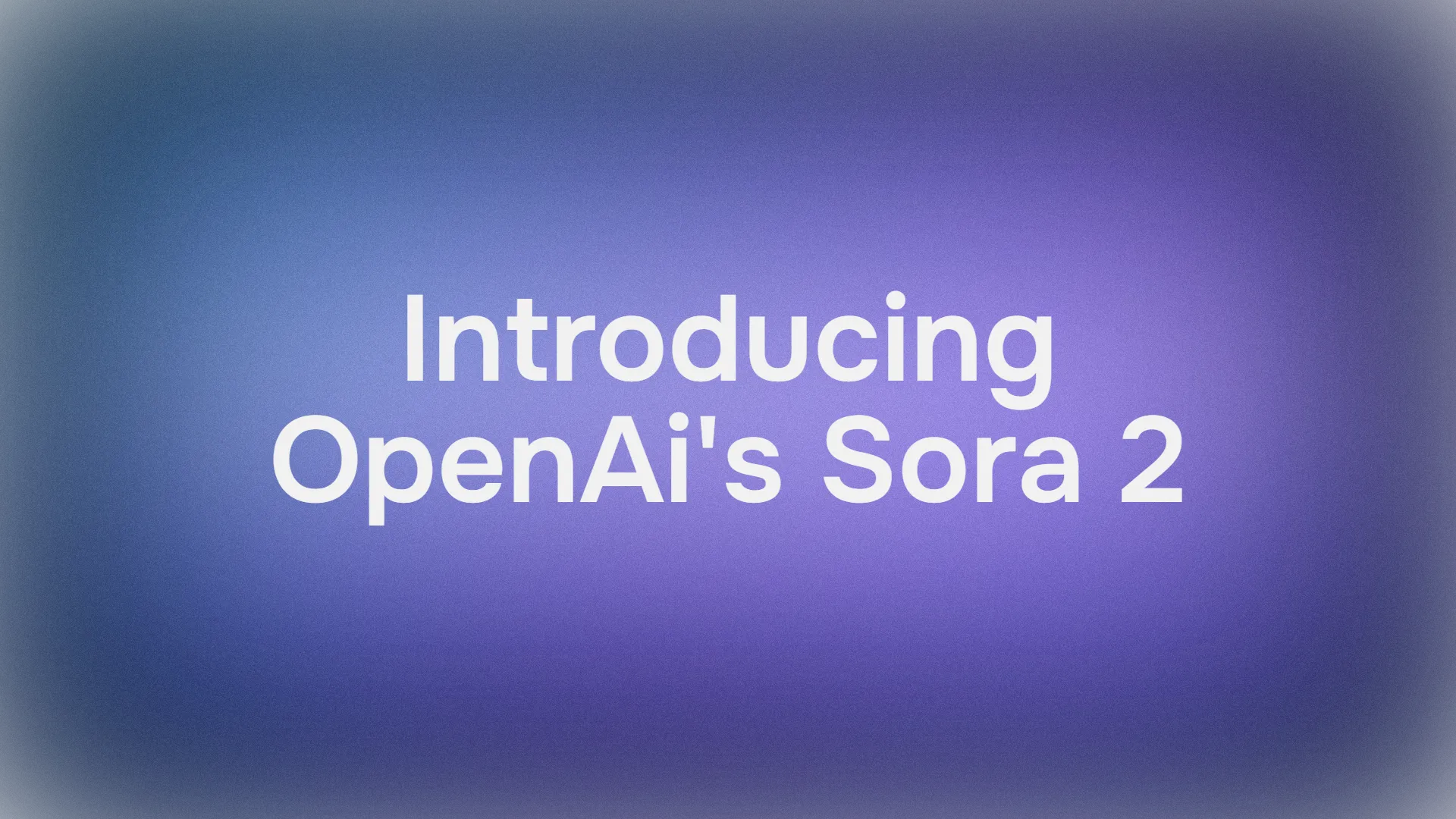In an increasingly interconnected digital world, the financial services industry is undergoing a profound transformation. At the heart of this evolution lies Open Banking, a concept powered by Application Programming Interfaces (APIs) that is reshaping how consumers and businesses interact with their financial data and services. Open Banking APIs are the invisible engines driving this change, enabling secure data sharing, fostering innovation, and ultimately empowering users with greater control and choice.
Want an integrated, All-in-One platform for your Developer Team to work together with maximum productivity?
Apidog delivers all your demans, and replaces Postman at a much more affordable price!
What Exactly is an Open Banking API?
At its core, an Open Banking API is a secure way for banks and other financial institutions to share financial data with authorized third-party providers (TPPs). These TPPs can be fintech companies, other banks, or any service provider that has obtained the necessary regulatory approvals and customer consent.
Think of an API as a messenger. Traditionally, your financial data – account balances, transaction history, loan details – resided solely within your bank's closed systems. Accessing this information or using it with other services often involved cumbersome manual processes, like downloading statements or sharing login credentials, which carried significant security risks.
Open Banking APIs change this paradigm. They act as secure, standardized channels through which this data can be shared electronically, quickly, and, most importantly, with the explicit consent of the customer. The "open" aspect refers to the opening up of access to this data, moving away from the historically siloed nature of financial information.
How Do Open Banking APIs Work? The Technical Backbone
The functionality of Open Banking APIs relies on established web technologies and security protocols. Here’s a simplified breakdown of the process:
- Customer Initiates a Request: A customer wishes to use a service offered by a TPP – for example, a budgeting app, a loan comparison tool, or a payment initiation service.
- Consent is Key: The TPP will request the customer's permission to access specific financial data from their bank. This is a critical step. Open Banking operates on a consent-driven model; no data is shared without the account holder's explicit approval. The customer will typically be redirected to their bank's secure online portal to authenticate themselves and grant this permission. They will see precisely what data the TPP is requesting access to and for what purpose.
- Authentication and Authorization: The customer authenticates directly with their bank, often using their existing online banking credentials and multi-factor authentication. This ensures the TPP never sees or stores the customer's sensitive login details. Once authenticated, the bank confirms the customer's consent and issues a secure, time-limited access token to the TPP.
- Data Exchange via API: The TPP uses this access token to make API calls to the bank's server. The API defines the specific "endpoints" or requests the TPP can make (e.g., "get account balance," "retrieve transaction history for the last 90 days," "initiate a payment from account X to account Y").
- Secure Data Transmission: The bank, upon validating the token and the request, sends the requested data back to the TPP through the secure API channel. This data is typically encrypted both in transit and at rest.
- Service Delivery: The TPP then uses this data to provide its service to the customer. For instance, the budgeting app can now populate the customer's spending categories, or the loan comparison tool can analyze their financial situation to offer tailored options.
This process happens seamlessly and often in real-time, providing a smooth user experience while maintaining high levels of security. The APIs are designed to be robust, reliable, and scalable, capable of handling a large volume of requests.
The Data Accessible Through Open Banking APIs
The type of data accessible through Open Banking APIs can vary depending on regional regulations and the specific permissions granted by the customer. Generally, it includes:
- Account Information: This encompasses details like account holder name, account type (checking, savings, credit card), account number (often masked or tokenized for security), sort code/routing number, and current balance.
- Transaction History: Detailed records of incoming and outgoing transactions, including dates, amounts, merchant names or payers, and descriptions. This is invaluable for personal finance management, credit scoring, and fraud detection.
- Payment Initiation (PIS): Some Open Banking APIs allow TPPs to initiate payments directly from a customer's bank account, with their explicit consent for each transaction. This can streamline online purchases, bill payments, and money transfers.
- Product Information: Details about a bank's financial products, such as interest rates, fees, and terms and conditions for loans, mortgages, savings accounts, etc. This enables easier comparison of financial products.
- Identity-Related Data: In some cases, and with explicit consent, elements of identity verification data held by the bank can be shared to streamline onboarding processes for other services.
It's crucial to reiterate that customers have granular control over what data is shared and with whom. They can also revoke access at any time.
Benefits of Open Banking APIs: A Win-Win-Win Scenario
Open Banking APIs offer a multitude of benefits for consumers, businesses (including financial institutions themselves), and the broader economy.
For Consumers:
- Enhanced Financial Management: Consumers gain a holistic view of their finances by consolidating data from multiple accounts (even across different banks) into a single dashboard provided by a TPP. This facilitates better budgeting, tracking of spending, and identification of savings opportunities.
- Access to Innovative Products and Services: Open Banking fuels the development of new and personalized financial tools and services. This includes AI-powered financial advisors, automated savings tools, tailored loan offers, and services that help manage subscriptions or find better utility deals based on spending patterns.
- Increased Choice and Competition: By making it easier for TPPs to enter the market and offer specialized services, Open Banking fosters greater competition among financial providers. This can lead to better products, lower fees, and improved customer service.
- Streamlined Processes: Tasks like applying for loans or mortgages can be significantly simplified. Instead of manually gathering and submitting bank statements, consumers can consent to share their financial data directly with lenders, speeding up the application and approval process.
- Improved Financial Inclusion: Open Banking can help individuals with limited credit history access financial products by allowing lenders to use a broader range of financial data to assess creditworthiness.
- Greater Control and Transparency: Consumers are put in the driver's seat, deciding what data to share, with whom, and for how long. This transparency builds trust and empowers individuals to make more informed financial decisions.
For Businesses (including TPPs and Financial Institutions):
- New Revenue Streams and Business Models: TPPs can build innovative businesses around the data and payment initiation capabilities offered by Open Banking APIs. For incumbent banks, Open Banking can be an opportunity to collaborate with fintechs, offer new services to their existing customer base, and even monetize their APIs by providing premium data services.
- Enhanced Customer Experience: By leveraging Open Banking, businesses can offer more personalized, seamless, and efficient services, leading to increased customer satisfaction and loyalty.
- Improved Efficiency and Reduced Costs: Automating data gathering and payment processes through APIs can reduce manual effort, paperwork, and operational costs. For example, accounting software can directly import bank transactions, saving businesses significant time and reducing errors.
- Better Risk Assessment: Access to richer, real-time customer financial data can enable more accurate credit risk assessment, fraud detection, and identity verification.
- Streamlined Onboarding: TPPs can simplify customer onboarding processes by using bank-verified data (with consent), reducing friction and improving conversion rates.
- Deeper Customer Insights: Aggregated and anonymized data (where permissible and ethical) can provide valuable insights into customer behavior, allowing businesses to tailor their offerings and marketing efforts more effectively.
Security and Consumer Consent: The Cornerstones of Trust
Given the sensitive nature of financial data, security and consumer consent are paramount in the Open Banking ecosystem. Several layers of protection are in place:
- Strict Regulatory Frameworks: Regulations like the Payment Services Directive (PSD2) in Europe, the Consumer Data Right (CDR) in Australia, and similar initiatives in other regions mandate strong security standards for Open Banking. These regulations often require TPPs to be licensed and supervised by financial authorities.
- Bank-Grade Security: Banks invest heavily in robust security infrastructure. Open Banking APIs leverage these existing security measures, including encryption, firewalls, intrusion detection systems, and secure data centers.
- Customer Authentication and Authorization: As mentioned earlier, customers always authenticate directly with their bank. TPPs do not receive or store customer banking credentials. Consent must be explicit, informed, and easily revocable.
- Secure API Standards: Open Banking APIs adhere to industry-best practices for API security, such as OAuth 2.0 for authorization and Transport Layer Security (TLS) for data encryption in transit.
- Data Minimization: TPPs are typically only granted access to the specific data points necessary for their service, rather than wholesale access to a customer's entire financial profile.
- Regular Audits and Monitoring: Both banks and TPPs are subject to audits and ongoing monitoring to ensure compliance with security standards and regulations.
- Fraud Prevention: The ability to access real-time transaction data can actually enhance fraud detection and prevention capabilities for both banks and TPPs.
Despite these robust measures, it's crucial for consumers to remain vigilant, understand what permissions they are granting, and only use reputable, regulated TPPs.
The Global Regulatory Landscape: Driving Adoption
The adoption of Open Banking is heavily influenced by regulatory initiatives around the world.
- Europe (PSD2): The Second Payment Services Directive (PSD2) has been a key driver of Open Banking in Europe. It mandates that banks provide access to customer account data and payment initiation services to regulated TPPs, with customer consent. The UK's Open Banking Implementation Entity (OBIE) has created detailed standards based on PSD2, leading to one of the most advanced Open Banking ecosystems globally. The General Data Protection Regulation (GDPR) also plays a vital role in ensuring data privacy and consent.
- Australia (CDR): The Consumer Data Right (CDR) in Australia is a broader data-sharing initiative that began with the banking sector. It gives consumers control over their data, including who can access it and how it can be used.
- United States: While the US does not have a single, overarching federal mandate like PSD2, Open Banking is emerging through market-driven initiatives and industry collaboration. Financial institutions are increasingly developing APIs and partnering with fintechs. Section 1033 of the Dodd-Frank Act provides a basis for consumer data access rights, and regulatory bodies like the Consumer Financial Protection Bureau (CFPB) are exploring rules to further clarify and support data sharing.
- Other Regions: Many other countries and regions, including Canada, Brazil, Singapore, Hong Kong, India, and Japan, are at various stages of implementing Open Banking frameworks, either through regulation, industry-led initiatives, or a combination of both.
These regulatory frameworks are crucial for establishing trust, ensuring a level playing field, setting technical standards, and protecting consumers.
The Future of Open Banking: Towards Open Finance and Beyond
Open Banking is not just a fleeting trend; it's a foundational shift with far-reaching implications. The initial focus has been on banking data, but the principles are extending to a broader concept known as Open Finance.
Open Finance aims to encompass a wider range of financial products and data, including savings, investments, pensions, insurance, and mortgages. Imagine being able to get a consolidated view of your entire financial life – from your daily spending to your long-term retirement planning – all through interconnected services powered by secure APIs.
Beyond Open Finance, the concept of "Open Data" or the "Open X" economy is gaining traction, suggesting that these principles of secure, consent-driven data sharing could be applied to other sectors like healthcare, energy, and telecommunications, unlocking new waves of innovation and consumer empowerment.
Challenges and Considerations
While the benefits of Open Banking are compelling, there are challenges to address:
- Standardization: Ensuring consistent API standards across different banks and regions can be complex but is crucial for seamless interoperability.
- Security Risks: While robust security measures are in place, the expanded ecosystem creates new potential attack vectors that require constant vigilance and adaptation.
- Consumer Education and Trust: Building widespread consumer understanding and trust in Open Banking is essential for its success. Users need to feel confident that their data is secure and being used responsibly.
- Liability: Clearly defining liability in case of data breaches or unauthorized transactions within a multi-party ecosystem is an ongoing discussion.
- Digital Divide: Ensuring that the benefits of Open Banking are accessible to all, including those who are less digitally savvy or have limited internet access, is an important consideration.
Want an integrated, All-in-One platform for your Developer Team to work together with maximum productivity?
Apidog delivers all your demans, and replaces Postman at a much more affordable price!
Conclusion: A New Chapter in Financial Services
Open Banking APIs represent a pivotal development in the financial services landscape. They are the technological enablers of a more open, competitive, and customer-centric financial world. By allowing individuals and businesses to securely share their financial data with trusted third parties, Open Banking APIs are unlocking a wave of innovation, leading to better financial products, enhanced customer experiences, and greater financial empowerment.
While challenges remain, the momentum behind Open Banking is undeniable. As regulatory frameworks mature, technology evolves, and consumer adoption grows, Open Banking APIs will continue to redefine how we interact with our finances, paving the way for an even more interconnected and personalized financial future. The journey has just begun, but the promise of a more transparent, efficient, and empowering financial ecosystem is well within reach, thanks in large part to the transformative power of Open Banking APIs.



